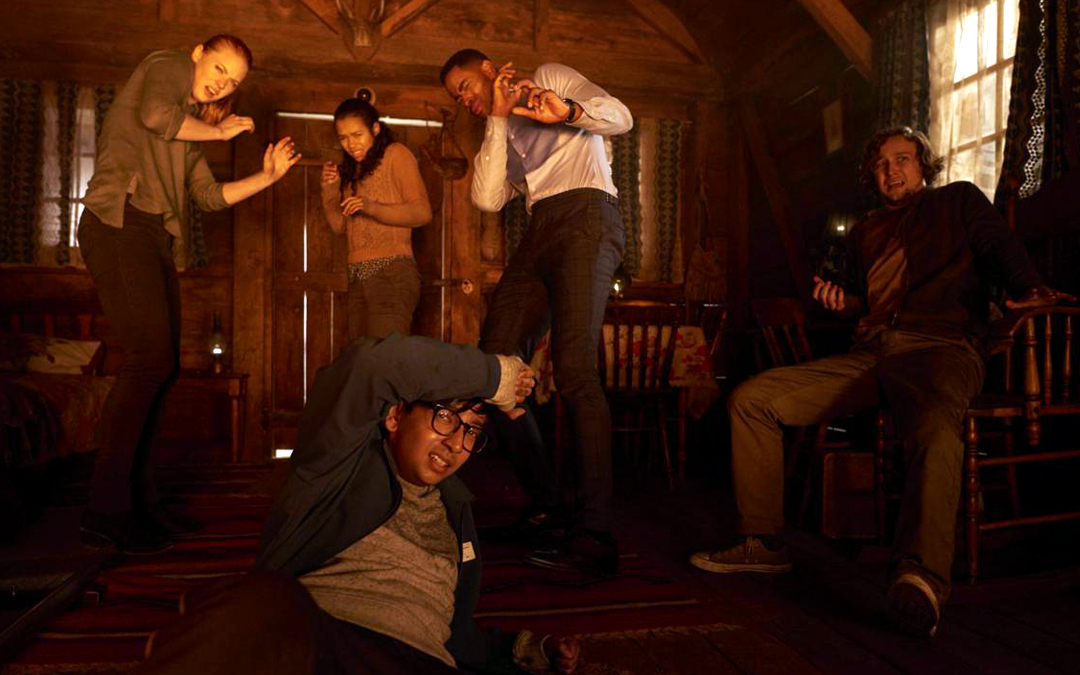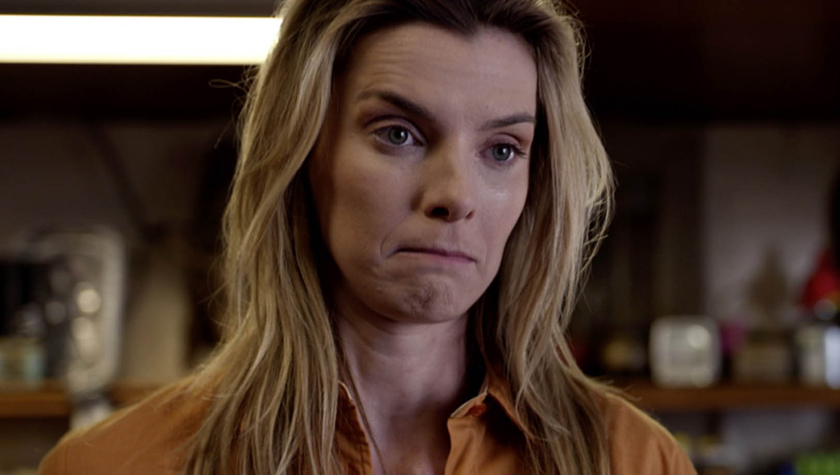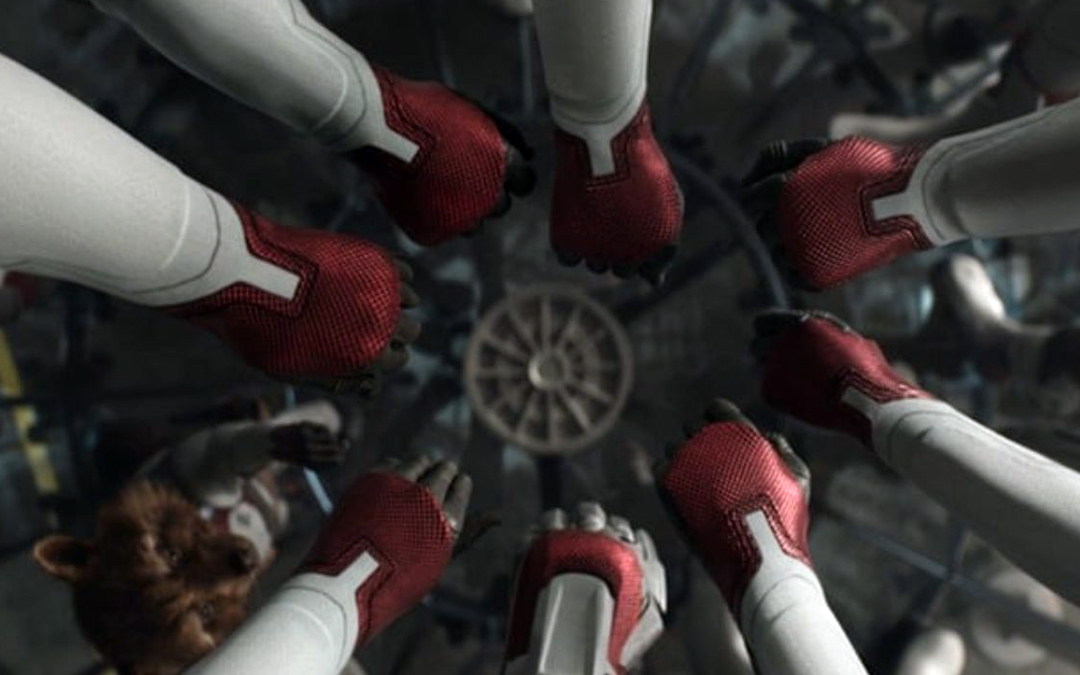The Weekend Movie Takeaway: ‘The Invisible Man’ Is A Visible Triumph For Horror Movies At The Box Office
March 3, 2020
Original, urgent storytelling was the winner at the weekend box office, the results of which marked the emergence of a major new genre filmmaker: Leigh Whannell, the man behind the latest incarnation of The Invisible Man. The film surpassed all expectations to take in $29 million in its opening frame.
The Australian writer-director is no Hollywood newcomer, however. Whannell broke out as the co-writer (and co-star) of his and James Wan's hugely influential 2004 movie Saw, and co-wrote several of the many sequels that film generated.
Among multiple subsequent collaborations with Wan, Whannell wrote their next big hit, 2010's similarly influential Insidious, and its sequel, before moving into directing with the third Insidious instalment in 2015.
He further honed his craft behind the camera by writing and directing 2018's cult action sci-fi Upgrade, which belied his talent both for stretching the dollar and delivering imaginative genre storytelling.
That film undoubtedly helped him get the job of writing and directing a new take on Universal's The Invisible Man, one of the studio's iconic “Universal Monsters”, a group that includes Dracula, Frankenstein's Monster, The Wolf Man, and The Creature From The Black Lagoon.
Three years ago, amidst industry-wide fervor over the success of the Marvel Cinematic Universe, Universal Pictures announced that their monster characters would be part of a planned shared cinematic space dubbed the “Dark Universe”, a series that would be launched by 2017's The Mummy, starring Tom Cruise.
In a classic case of narrative overreach, the studio got a little bit ahead of itself in making that announcement (along with multiple castings, including Johnny Depp as The Invisible Man), and didn't account for The Mummy turning out to be a giant flop that audiences rejected.
The Dark Universe was cancelled, but the company still had a giant pile of highly recognisable intellectual property to work out what to do with. Enter Whannell.
With his version of The Invisible Man, the filmmaker showed what can be achieved when you strip away such anti-narrative notions as universe-building and brand extension, and instead focus on telling a relevant story built on solid character foundations.
Although it very much succeeds as a thrill ride, a large part of why audiences have embraced The Invisible Man has to do with how it uses a fantastical story to illuminate pertinent social issues such as gas lighting and coercive control.
The film’s main character is a woman attempting to evade an abusive ex-boyfriend, and the film is a magnificent example of the degree to which serious concerns can elevate genre storytelling.
Although it is based on familiar IP, the success of this pared back approach to the story is a huge win for original storytelling, and makes a strong case for letting storytellers—not marketers—you know, tell stories.
Hugely positive word of mouth surrounds the film (when was the last time you could say that about a horror movie?), which has undoubtedly helped its fortunes rise throughout the weekend.
In addition to paying close attention to what Whannell decides to do next, Hollywood will hopefully learn the lesson that you don't need to turn every well-known property into a giant blockbuster for it to succeed.
Whannell's take on The Invisible Man shows that originality can win out over franchise-building, which is a win for storytelling in general.
Written by: Dominic Corry
Dominic Corry is a Los Angeles-based film critic, writer, journalist and broadcaster. Raised in New Zealand, he is also the West Coast editor of Letterboxd, the social network for movie lovers. For more of his film writing, see his website www.TheGoodInMovies.com- Topics:
- Industry News
- Discussing TV & Film




